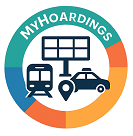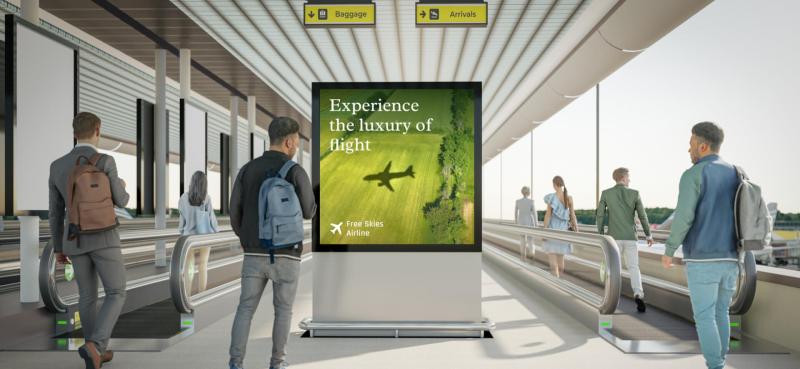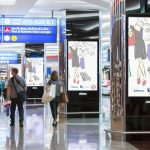In the world of premium brand marketing, visibility is no longer enough. Today’s luxury, lifestyle, and high-value brands need exclusive environments, affluent audiences, and memorable experiences to make an impact. That’s where airline advertising comes in.
As millions of passengers take to the skies each month, airlines are no longer just carriers—they’ve become flying billboards, immersive storytelling spaces, and premium brand platforms. From boarding passes to seatback screens, every stage of the passenger journey is being reimagined for marketing. And the results? Stronger recall, higher engagement, and a direct link with aspirational audiences.
Let’s dive into why airline advertising is emerging as the next big thing in premium brand marketing.
1. A Captive and Premium Audience
Airline passengers represent a demographic every premium brand craves:
- High Disposable Income – Frequent flyers, business executives, and international travelers are more likely to spend on luxury products.
- Decision-Makers – Many travelers are professionals and entrepreneurs who influence purchase decisions.
- Global Mindset – Exposure to international travel increases openness to new brands and experiences.
Unlike social media ads that can be skipped, in-flight branding ensures passengers are engaged in an environment with minimal distractions.

2. Extended Engagement Window
Airline advertising offers something very few media channels can match: time.
- From check-in to baggage claim, passengers spend 3–6 hours interacting with different airline and airport touchpoints.
- On long-haul flights, this window extends even further, with passengers spending hours in a captive space where branded experiences can truly sink in.
This long exposure translates into higher brand recall and loyalty.
3. Multi-Touchpoint Branding Opportunities
Airline advertising isn’t limited to one medium—it’s an ecosystem of opportunities:
- Pre-Flight: E-tickets, boarding passes, airport kiosks.
- At the Airport: Security trays, lounges, boarding gates, aerobridges.
- In-Flight: Tray tables, overhead bins, headrest covers, in-flight magazines, digital seatback screens, and branded meals.
- Post-Flight: Baggage claim, trolleys, exit gates, and shuttle transfers.
By creating integrated campaigns, brands can tell a story that follows passengers across their entire journey.
4. Premium Positioning by Association
Airlines themselves are aspirational brands. Whether it’s Air India’s heritage, Vistara’s luxury appeal, or IndiGo’s efficiency, advertising alongside these carriers enhances a brand’s perception.
For luxury goods, fintech services, or premium beverages, being associated with a trusted airline creates instant credibility.
5. Hyper-Targeted Campaigns
Unlike traditional billboards, airline advertising can be customized by route, class, or destination. Examples include:
- A luxury hotel in Goa advertising only on flights landing in Goa.
- A premium watch brand targeting business class travelers.
- A forex or travel insurance company advertising to international passengers.
This precision targeting ensures brands reach the right people at the right time.
6. High Recall Through Physical Interaction
Passengers interact physically with branded elements:
- Pulling down tray tables.
- Reading in-flight magazines.
- Using branded meal packaging.
- Watching seatback entertainment with pre-roll ads.
This tactile engagement cements the brand in memory far more effectively than passive digital ads.
7. Industries That Gain the Most
Airline advertising is particularly powerful for:
- Luxury Retail – Watches, perfumes, jewelry.
- Financial Services – Credit cards, investment products, insurance.
- Hospitality & Tourism – Hotels, resorts, tourism boards.
- Technology & Lifestyle – Smartphones, apps, OTT platforms.
- Food & Beverages – Premium liquor, coffee chains, packaged snacks.
8. The Rise of Digital Airline Advertising
With in-flight Wi-Fi, mobile apps, and AI-driven personalization, the next wave of airline advertising will be even more interactive:
- Programmatic ads on seatback screens.
- Destination-based offers delivered digitally mid-flight.
- Personalized promotions linked to passenger loyalty programs.
- Augmented reality experiences tied to airline apps.
For premium brands, this opens up opportunities to create immersive, data-driven campaigns.
9. The Indian Aviation Advantage
India is one of the fastest-growing aviation markets in the world. With passenger traffic expected to double in the next decade, airlines like IndiGo, Air India, Vistara, and Akasa are expanding aggressively.
This growth translates into massive advertising potential, especially as Indian consumers increasingly adopt premium lifestyles.
Conclusion
Airline advertising is not just another media option—it’s a premium storytelling channel that blends exclusivity, engagement, and precision targeting.

For luxury and lifestyle brands seeking to connect with aspirational audiences in meaningful ways, the skies are the next frontier. From tarmac to terminal and from seatback to skyline, airlines offer the perfect canvas for premium brand marketing.
✨ In short: Airline advertising is taking off—and premium brands that board early will fly highest.



